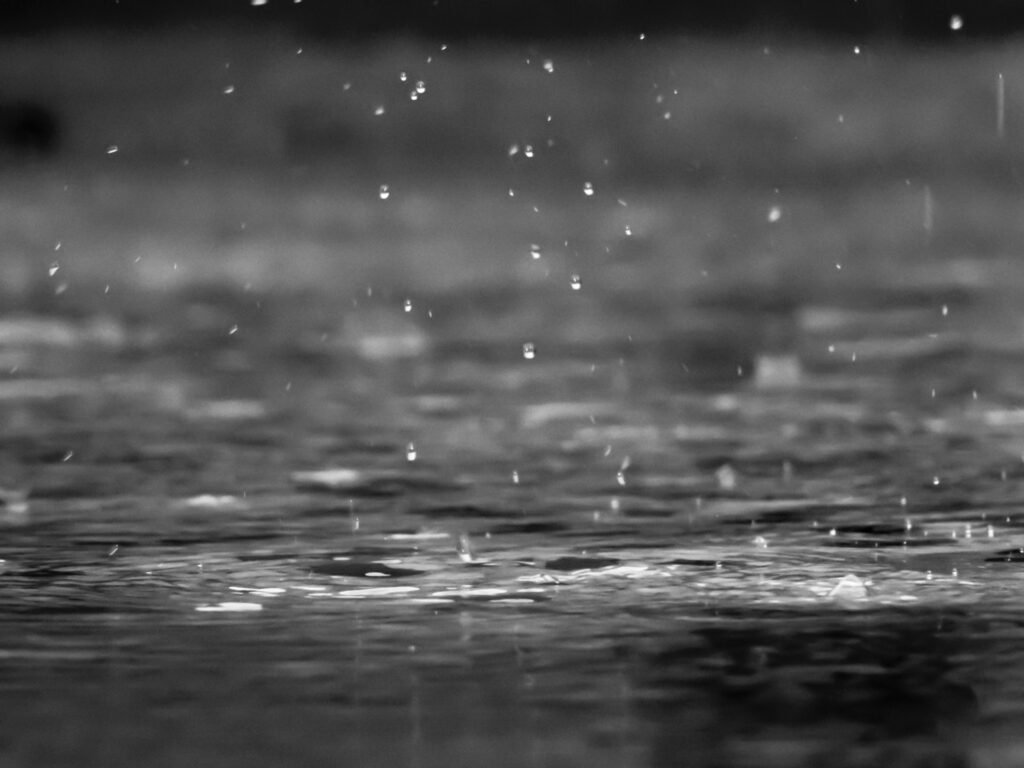
Credit: Reza Shayestehpour/unsplash
AGU News
Nominate work for AGU’s 2025 Journalism Awards
The deadline for our News and Features awards is 31 March 2025 at 11:59 p.m. Email us at [email protected] with questions about submissions and eligibility. [media advisory][information for News and Features awards][SUBMIT HERE]
Featured Research
Back-to-back El Niños may increase infectious disease outbreaks
Consecutive El Niño events, which can occur relatively often, may lead to a multi-year increase in risk for infectious diseases, a new study finds. El Nino’s impacts on human health persist for one or more years after the weather changes, the study also found. [GeoHealth study]
Heavy rains leave Beijing air cleaner
Large rainstorms can “scavenge” pollutants from urban air, a new study of Beijing finds. Besides temporarily cleaning the air, that has a surprising effect: With fewer aerosols in the air, the clouds changed, and the city was more likely to receive gentle, warm rain than when the air was more polluted. [JGR Atmospheres study]
The next decade of space weather research
A summary report of the 2024 decadal survey for the solar and space physics community was released at the end of last year, with emphases on increased satellite launches, the development of private space exploration, space exploration, and vulnerabilities to space weather. In a brief editorial, the editor-in-chief of the journal Space Weather discusses key recommendations for the next decade of space weather research. [Space Weather commentary]
First Martian soil samples collected
The Perseverance rover has collected the first soil samples taken on the Red Planet, a new study reports. The samples, slated to return to Earth in the mid- to late 2030s, will give scientists crucial new information about how the planet’s climate and tectonics work and affected its surface. [JGR Planets study][UNLV press release]
###